We stood on Taghazout Beach, a wide crescent bay with the rolling foothills of the Atlas Mountains behind it. It was early morning but the heat was already rising from the sand. The sky was the same faded cobalt you find on doors and shutters in Moroccan medinas. The waves rose up green and glassy, rolling over and breaking to foaming whitewater. That was the reason why we were here - to learn to surf them. Most people looked excited, but my stomach was churning like the ocean.
My fear of waves stems from childhood. From a moment on a British beach when a wave knocked me over and held me under for what felt like hours but was probably just a few seconds. I finally stood up, gasping for breath with salt water pouring from my nose. It’s not the fear of drowning that gets me (I’m a strong swimmer) but the loss of control.
There’s something about growing older that can intensify such worries, and makes you more risk averse. When travel without an agenda is replaced with printouts of pre-booked taxis and hotels. When getting lost on a hike becomes retracing your steps, rather than forging onwards. I wanted to recapture the sense of adventure I’d had when I was younger, and prove to myself that fears can be conquered. Which was how I found myself standing on a Moroccan beach, clutching a foam surfboard.
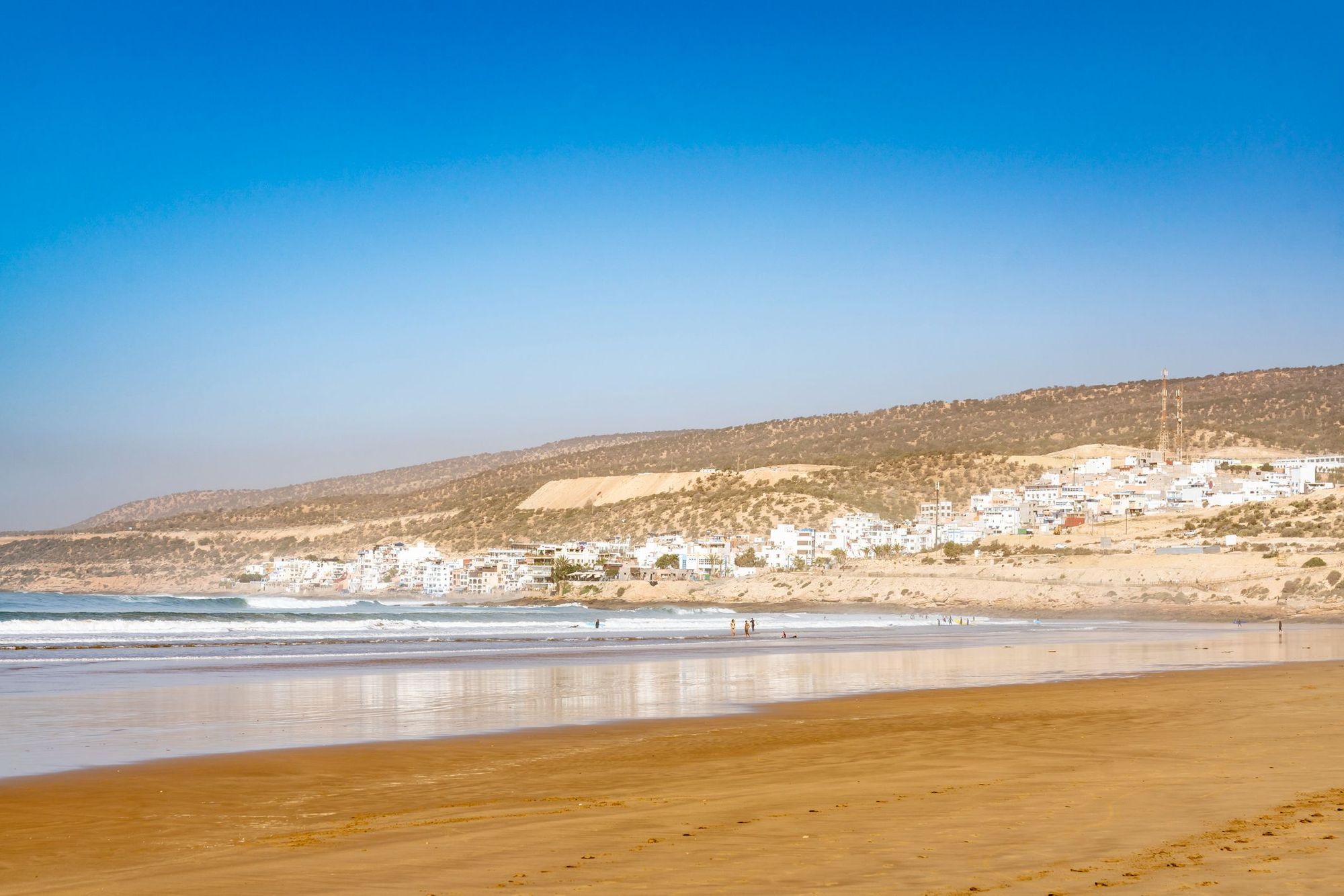
Surf culture might have the reputation for being laid back, but I quickly learned - to my relief - that your safety doesn’t take second place. Our small group of seven had three surf instructors looking after us. As we stood in the shade of parasols, Moncef, the dreadlocked, straw-hatted lead instructor, taught us how to fasten the leash onto our surfboards and then round our ankles, so we wouldn’t get separated from it.
He showed us how to carry our boards into the sea so they didn’t thwack us (parallel with the waves, at waist height). Lying on our surfboards in the sand, we were taught how to balance and paddle, to rise to our knees and finally, to stand up. Easy enough on dry land. Time to try it on the ocean.
The waves rose up green and glassy, rolling over and breaking to foaming whitewater
My first sensation upon getting into the sea was relief. I was sweating with my wetsuit on, and the coolness of the water was refreshing. The waves didn’t look as large as they had on land. Even so, I felt a stab of anxiety as one of the instructors encouraged me to turn my board 90 degrees to the shore. He held it steady as I clambered onto it with the grace of a waterlogged seal, then pushed my board at the right moment to catch the wave. Anxiety turned to exhilaration as I was propelled forward through the surf.
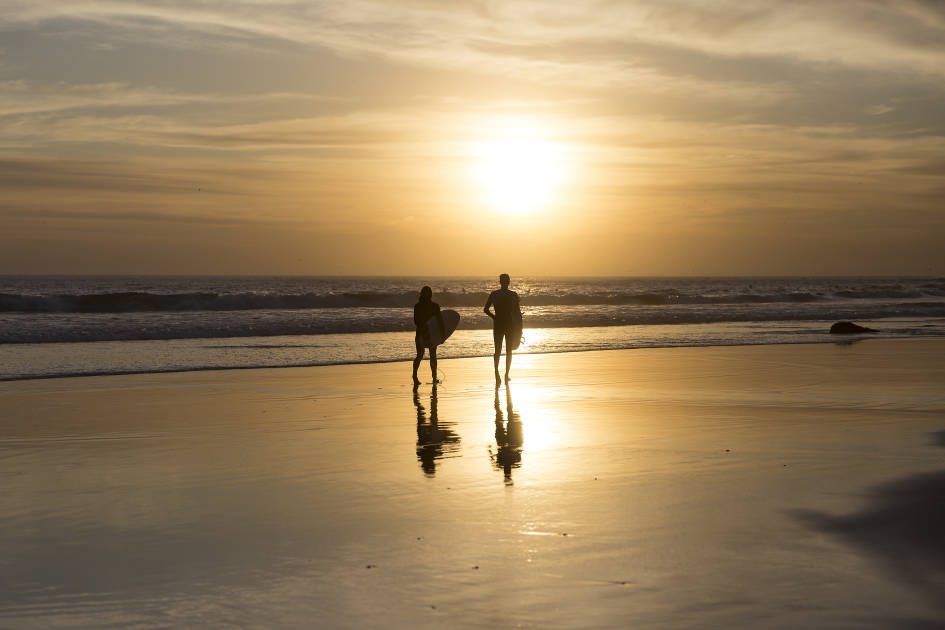
Of course, I didn’t stand up the first time - although others did - but I didn’t wipe out either. In fact, within the hour I had managed to get to my knees and then slowly, waveringly to my feet. Moncef and the other instructors offered encouragement and feedback.
“You need to stop gripping the sides of the board.”
“Well done for standing up, but your stance is very wide.”
“Put your front foot in the centre, and then you’ll stop veering off to the side.”
After a few more wobbly stand-ups, it was time to break for lunch. We ate our sandwiches under parasols, hiding from the strong sun. The beach was much busier now. Other surf groups had arrived, their faces red with sunburn or painted smurf blue with zinc sun-cream. Men walked up and down the beach hawking bracelets, doughnuts and tkhlita tea (made with a mix of fresh herbs including mint, rosemary and wormwood). Camels knelt in the sand, waiting to give tourists a ride.
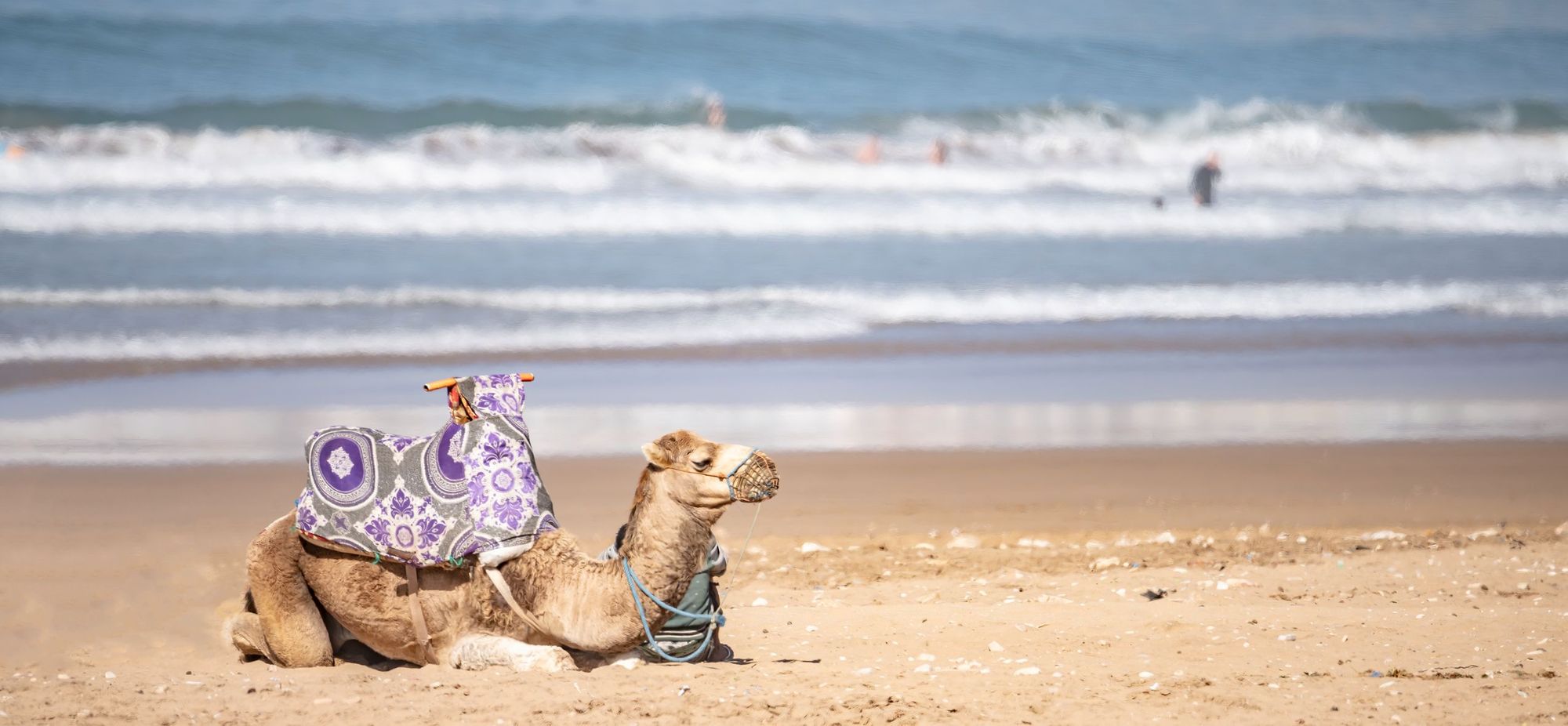
Early in the morning we surfed on the pushing tide (when it’s moving from low to high). But by the time we’d finished lunch the tide was turning from high to low. This makes the waves more ‘dumpy’ - they’re steeper, break closer to shore and have less power than on the pushing tide. They also have a far greater propensity to send people flying. Which was precisely what happened to me.
At this point, we had graduated to catching waves by ourselves (attempting to, at least). I mistimed when I was supposed to start paddling, or perhaps I didn’t paddle fast enough. Either way, I found myself engulfed and held down by the force of the water. It was happening again, just as when I was younger. My heart raced, and alarm signals echoed in my head. But a small, rational part of me reminded me to stay calm and hold my hands over my head, just as I'd been taught.
What a relief it was when the wave receded. I emerged to see one of my group running towards me with a concerned expression. He later told me he’d seen the wave break over me; as I disappeared from view, the surfboard had shot up vertically into the air. Luckily, I was spared this description in the moment.
He’d seen the wave break over me; as I disappeared from view, the surfboard had shot up vertically into the air
I wanted to retire to the beach and recover from my sousing. But I knew if I did, then I’d find it hard to get back in. And so I forced myself to turn around, and asked one of the instructors to push me into the waves at the right time.
By the time the day ended, we’d all been ‘dumped’ several times. We returned to our riad in the nearby town of Tamraght to wash the salt and sand from our bodies. We explored Tamraght - by which I mean we bought a carpet and photographed the stray cats sleeping in patches of sunlight - before wandering down to the beach. We were there just in time to watch the sun set. As the sun sank behind a line of purple cloud, the muezzin’s call to prayer spilled out from the speakers of the mosque and echoed across the darkening sand. People began arriving on the beach with picnics to break their fast.
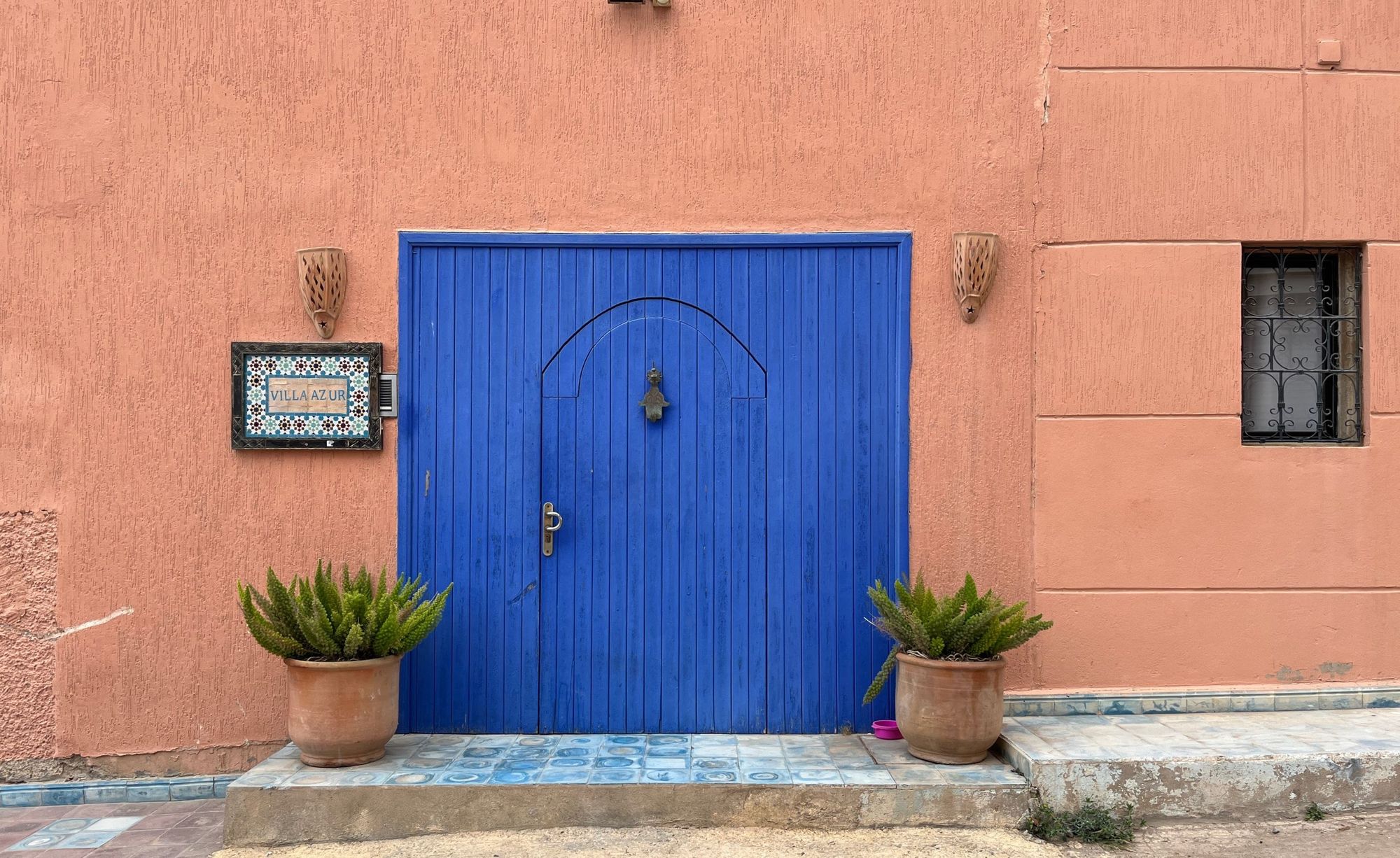
I woke up the next morning feeling as battered and bruised as if I’d been in a boxing match (a comparison not born from experience). But a morning yoga session, strong coffee and sweet pancakes got me energised. Back on the beach, Moncef repeated what he’d taught us the day before, just in case the waves had knocked us into forgetfulness. He also showed us how to turn the board, which didn’t stop us careening towards each other as the water became more crowded.
Somehow, my front foot was in the right position. Somehow, my balance was right. And I rode that wave right until the end
Today, having mastered the hang of surfing close to shore on the whitewater, our goal was to go further out and catch ‘green’ or unbroken waves, which have more power and momentum. After much coaxing, I was persuaded beyond the break where the water was glassy and still. Sitting on our boards, we waited for the larger waves to rise up and roll towards us. Part of me wished that they wouldn’t come, that we could remain suspended in the calm of the moment.
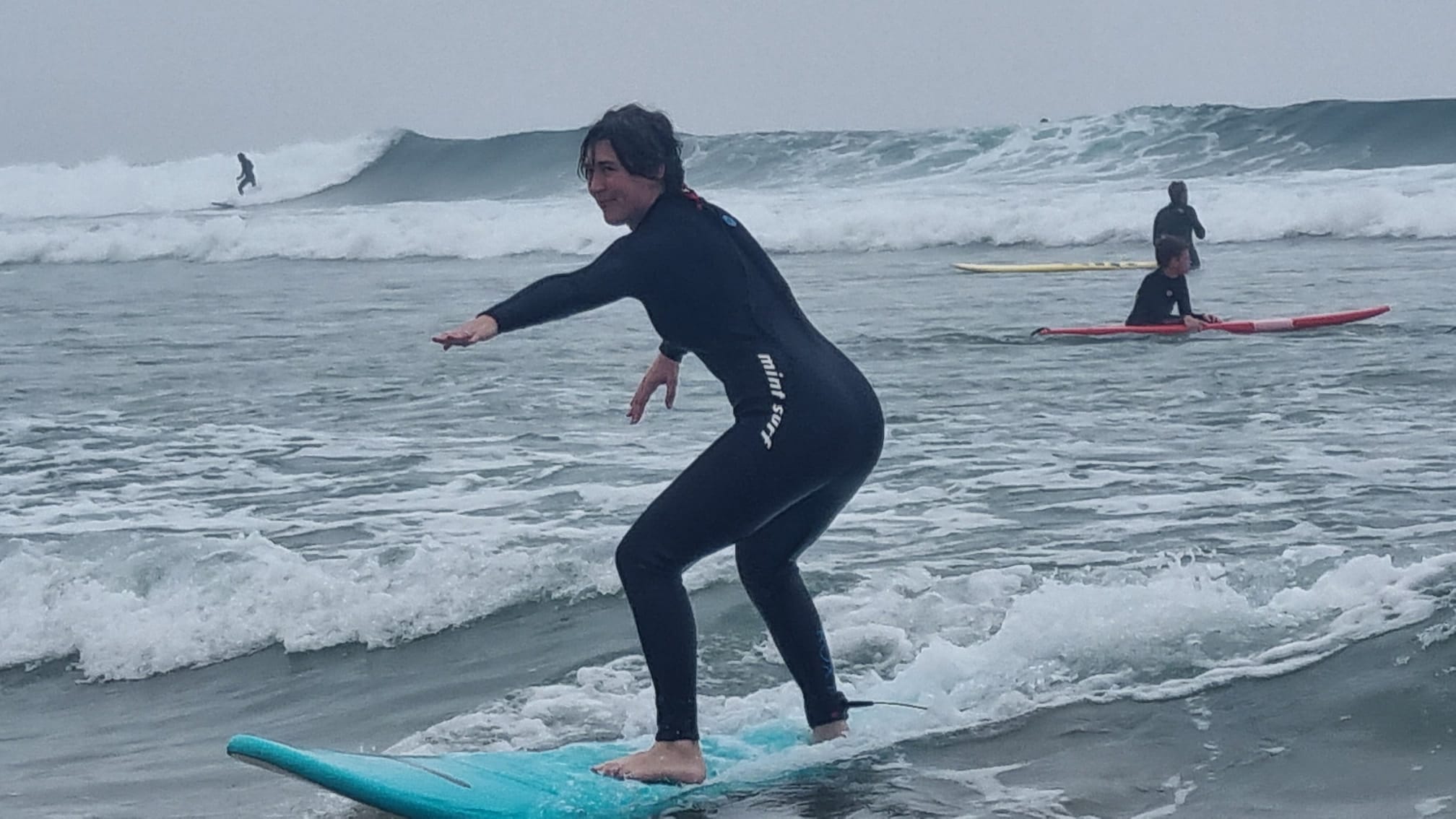
But the tide doesn’t stop just because you want it to. As the first large wave came towards us, I ducked underwater to avoid it. Then I turned my board to face the shore and began to paddle. I did so more quickly than usual, which stemmed from a desire to escape. But the result was that I caught the wave exactly at the right moment. I was propelled forwards far more quickly than other attempts. Panic was replaced with a rush of adrenaline. Somehow, my front foot was in the right position. Somehow, my balance was right. And I rode that wave right until the end.
I’d love to say that this was when my fear of waves dissolved. But shortly afterwards, as I looked out at the rising swell, I was hit with a terror that felt almost primal - something beyond thought, that you carry within your body. I became acutely aware of my own fragility, especially in comparison to the pounding surf. I concluded my surfing for the day then, feeling like I wasn’t in the right mindset to overcome a wipeout.
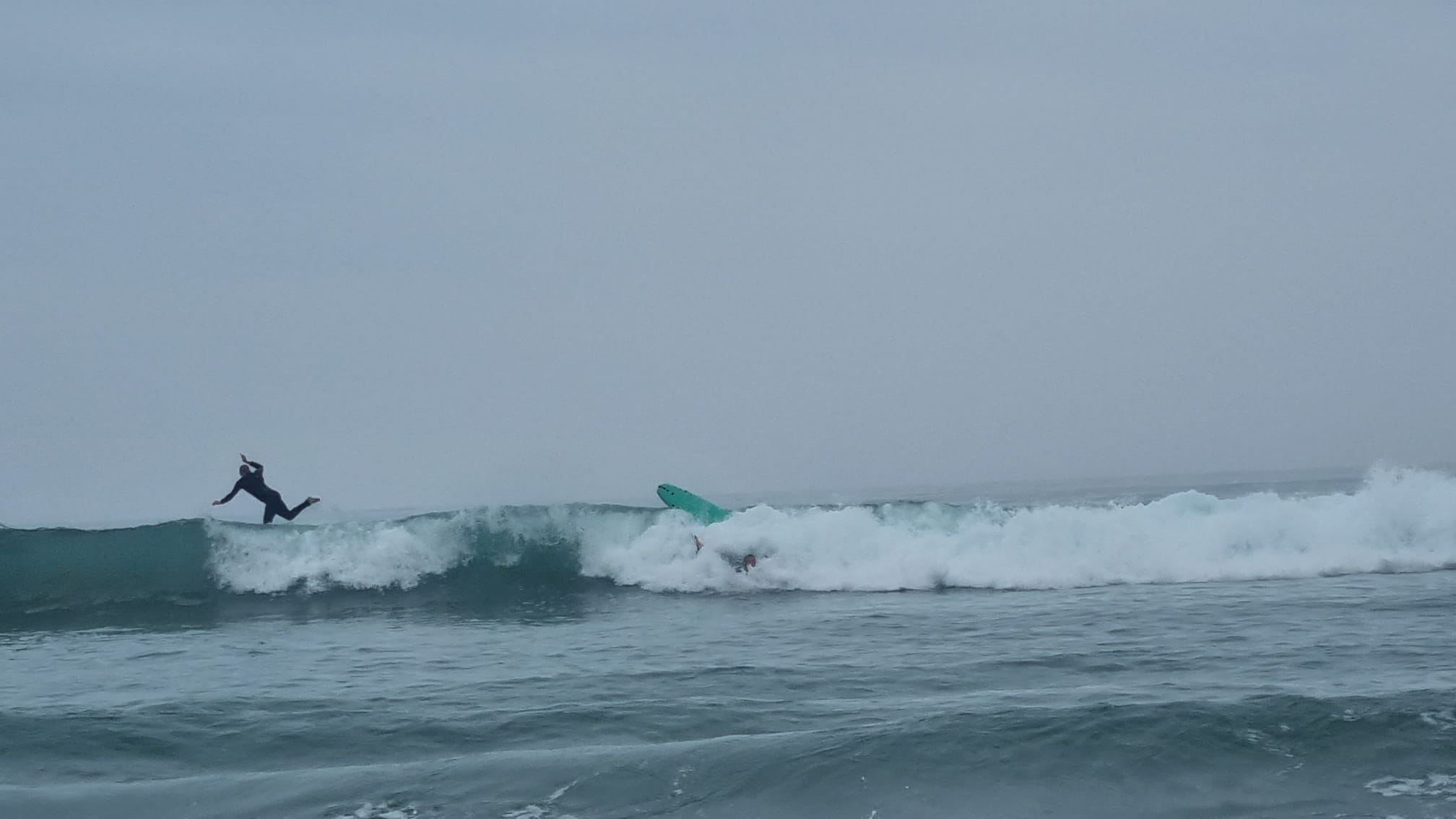
On the final morning of our trip, the weather was cooler than before. We headed to Aourir Beach, just south of Tamraght. The sky was cloudy and the waves seemed much larger than the previous days, scattering spume as they broke. I saw the worry I’d felt the past couple of days written clearly on the faces of my companions. And I’ll admit it - misery does love company.
Moncef arrived at the beach.
“These are not beginner waves,” he pronounced. “We need to go further down the beach, and you should stay in the white water.”
I needed no second bidding. I was happy to remain within my comfort zone, catching less powerful waves while in the swell beyond, more experienced surfers were flying off their boards. I caught one wave and then another, carrying my board back towards the breaking waves again and again, slowly inching further and further out.

Two hours later, we practically had to be dragged from the ocean to catch our flights. I came ashore with my hair in tendrils, eyes stinging from the salt, tired but utterly ecstatic. This morning’s surf session had been uncomplicated, innocent fun.
The few days I spent in Taghazout showed me that surfing is both mental and physical. It's about having the resilience to fall over and getting back up, over and over. Some moments are more difficult than others - the waves keep their same regular crash-and-suck rhythm, but it’s your mindset that changes. Towelling myself dry, I looked longingly back at the surf, wishing there was time to catch one last wave.
Inspired? Then try one of our Surfing in Morocco adventures for yourself!



